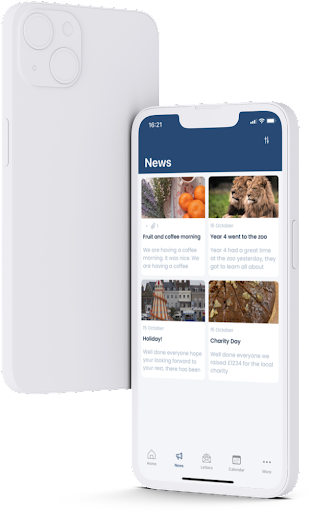Since the COVID-19 pandemic hit, the way schools and other educational institutions are managed has been transformed significantly.
Schools are nowadays deploying personalised mobile apps to facilitate superior communication between parents and teachers. And this is only one of the benefits of deploying a school app.
How can parents be more involved in school life?
When it comes to traditional norms, parents generally attend their child’s school physically to maintain track of the student’s progress. However, in this era, such a practice has become unnecessary. Most parents are busy these days and it can be difficult for them to visit their children’s schools often.
Thanks to the availability of school apps, parents may still stay in touch with their kids’ schools, and that too, in real-time.
Since school apps are meant for mobile phones, parents can stay in touch even on the go. All they need is a mobile device and a reliable internet connection. As you can understand, school apps have significantly transformed how parents communicate with teachers and school admins.
Parents can also read school letters, key calendar events, as well as submit their child’s absence forms online through these custom apps, saving school administrators’ time and making things easier for parents.
Focus on your school to home communications
Mobile-based school apps can be used to provide convenience and link individuals to the information they need in their daily lives.
Students and parents can receive the most up-to-date information on school events and extracurricular activities via apps, which can also serve as a quick reference point for communication of the following:
- School news
- Letters home
- Emergency notices
- Calendar events
- Important Links
- View photos and galleries of school life
- Submit forms, such as for child absences
It is a given that school apps can facilitate real-time updates and communication, keeping parents in the loop, with push notifications so that parents are alerted of new content and updates from the school.
Utilise multiple communication channels for positive engagement
Communication can be facilitated in a variety of ways, ranging from email to social media. However, each channel has a maximum capacity for the type of communication it can handle. Email, for example, is best for sending academic resources, social media is best for community discussions, and mobile apps are best for pushing content to parents.
Conclusion
As we speak, the pandemic has almost vanished from most parts of the world. As life returns to normal, children have started returning to their schools and parents are working overtime to ensure that their children have a successful academic year. As it stands, parents are becoming busier than ever.
At the same time, the right extent of communication between parents and teachers is of utmost importance as far as the students’ overall development is concerned. This is where a school app comes into action.
We believe this blog will help you make the right decision, as far as deploying a school app is concerned. It is time to take your teacher-student-parent communication to the next level.
















